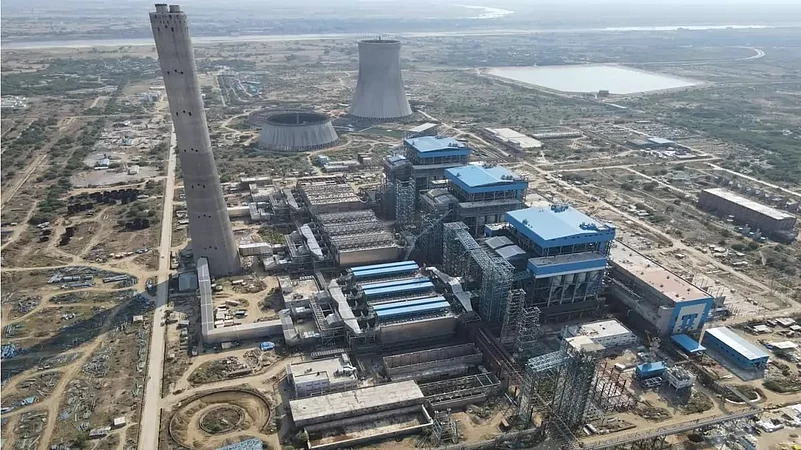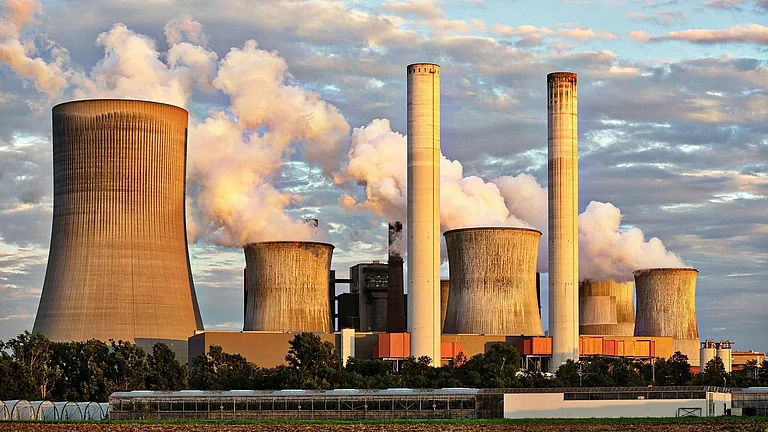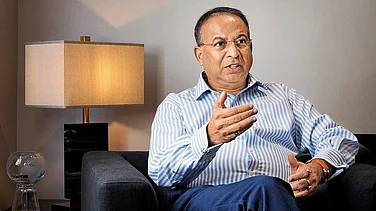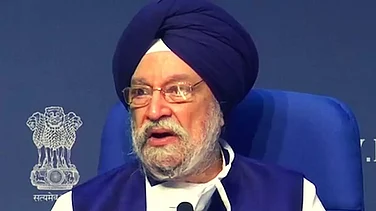India’s Department of Atomic Energy (DAE) plans to almost double the country’s nuclear power capacity by 2029, Atomic Energy Commission chairman and DAE secretary AK Mohanty said on Tuesday during a press conference at Devi Ahilya Vishwavidyalaya.
“We are expanding our nuclear reactor capacity, with units of 220 megawatt, 500 megawatt and now 700 megawatt. These 700-megawatt reactors will continue to be integrated into our energy grid. Currently, India’s total nuclear power capacity stands at approximately 8.2 gigawatts. In the next five years, we aim to nearly double this figure to close to 14 gigawatts. By 2031-32, our goal is to reach between 20 and 22 gigawatt. Our long-term vision is to achieve at least 100 gigawatt of nuclear capacity by 2047,” Mohanty said.
Challenges to Nuclear Energy Expansion
Despite the optimistic outlook, the expansion of nuclear power faces several obstacles, primarily related to land acquisition. Identifying safe and suitable locations to build nuclear plants plays a key role as they must be situated away from populated areas, disaster-prone zones, and at lower altitudes, while also being close to a reliable water source for cooling. These stringent criteria have led to delays and opposition, particularly in states like Kerala, where the potential sites in Thrissur and Kasargod have been met with resistance due to environmental concerns such as vulnerability to landslides.
Out of 250 GW of power demand, fossil fuels-based power accounted for 200 GW in May, while the remaining came from renewable sources. The government of India is committed to achieving 500 GW of non-fossil fuel power by 2030, enhancing energy storage solutions, and integrating more renewable energy into the grid.
A comprehensive plan has already been finalised to address transmission requirement for evacuation of renewable energy. However, in order to bring renewable energy to consumers, a comprehensive plan for intra-state transmission is also needed," said Shripad Yesso Naik, Minister of state for power and NRE as per the government release.
The apprehensions about safety of nuclear power plants, effect on livelihood of the people living around and issues related to land acquisition has led to sustained opposition of the idea of using nuclear energy as an active source for driving power in India.
India’s energy landscape is rapidly changing, with 45 percent of its energy now coming from non-fossil sources, and a target of 50 percent by 2030. The country is also on track to reduce its emissions intensity by 45 percent and aims for 500 GW of non-fossil fuel capacity by 2030. To achieve these goals, India is focusing on green energy generation, nuclear expansion, and new technologies, alongside substantial investments and regulatory support for the energy transition.
India’s efforts, combined with its nuclear power expansion, could play a pivotal role in meeting its long-term sustainability and net-zero goals.































